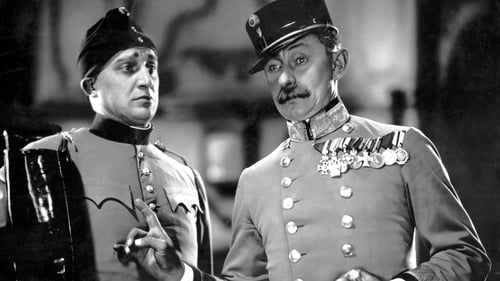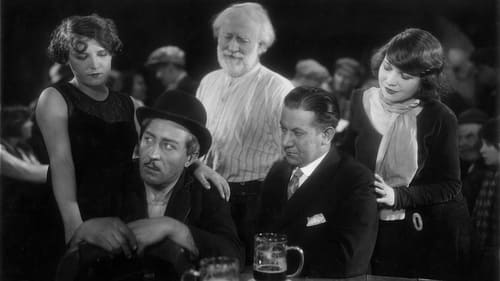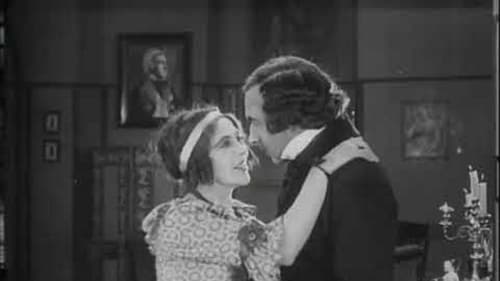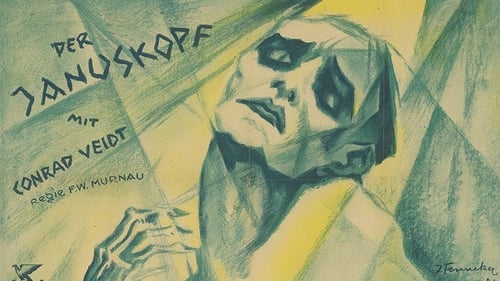Heinrich Richter
Birth : 1884-04-23,
Death : 1981-01-26
History
Heinrich Richter (1884–1981) was a German painter and art director. He designed the sets for more than a hundred films during his career.

Production Design
A romance between two temperamental singing stars. Highlights include a lengthy selection from Faust, with Gigli making a most impressive Mephistopheles. The plot takes a melodramatic turn towards the climax, with the lives of the characters mirrored in their on-stage behavior. Director Carmine Gallone was something of an expert in the field of filmed opera, as witness his Tosca, Rigoletto and Il Trovatore.

Production Design
In the lead-up to the First World War, a French military attaché falls in love with the wife of a prominent German in Stamboul in the Ottoman Empire

Production Design
Comedy film directed by Karel Lamač.

Art Direction
Berlin, the center of pleasures and kingdom of small virtues. From all over Germany, young night owls come to burn themselves cheerfully in its lights, to drown in its champagne and fill its boxes and restaurants until dawn.

Art Direction

Production Design
The troubled situation of a provincial actor and his actress wife who come to the city. The actor is suspected of attacking another actor who admires the actress.

Production Design

Art Direction

Art Direction
German silent film directed by Mario Bonnard and starring Marcella Albani, Ralph Arthur Roberts and Curt Bois.

Art Direction
Struggle for the Matterhorn (German: Der Kampf ums Matterhorn) is a 1928 German-Swiss silent drama film co-directed by Mario Bonnard and Nunzio Malasomma and starring Luis Trenker, Marcella Albani, and Alexandra Schmitt. The film is part of the popular cycle of mountain films of the 1920s and 1930s. Art direction was by Heinrich Richter. Based on a novel by Carl Haensel, the film depicts the battle between British and Italian climbers to be the first to climb the Matterhorn. Trenker later remade the film as The Challenge in 1938.

Art Direction
Children's Souls Accuse You is a 1927 German silent drama film directed by Curtis Bernhardt and starring Albert Steinrück, Nathalie Lissenko and Walter Rilla. It was made with an anti-abortion theme.

Art Direction

Production Design

Art Direction
The good citizens of a small Austrian town are all aquiver; the schoolmaster has published a brochure in which can be read, black on white, the story of the 'dead guest,' in whose embrace the town's prospective brides found death. But worst of all, the writer of the brochure has plausibly concluded that the 'dead guest' will return this very year!
A copy of this film is conserved in the Centre national du cinéma et de l’image animée (CNC).

Production Design

Art Direction
Dr. Egil Börne, an eminent physician, comes under the spell of an unscrupulous cabaret dancer and deserts his fiancée. The plot finds echoes throughout the Weimar period, including Sternberg’s The Blue Angel. Conrad Veidt appears in a supporting role as a sinister blind painter, whose entrance eerily presages Murnau’s Nosferatu. Der Gang in die Nacht, the earliest surviving film by F. W. Murnau, is also, paradoxically, the only Murnau film for which the original camera negative exists.

Set Designer
The film was an unauthorized adaptation of Robert Louis Stevenson's novel The Strange Case of Dr. Jekyll and Mr. Hyde, but the source material went unrecognized by some of the German media due to changes in the characters' names. Released in 1920, this is one of Murnau's lost films. While the film itself does not survive, the scripts and related production notes do. Because the film is lost, its full length is unknown. Dr. Warren is the Dr. Jekyll character who changes into Mr. O'Connor, a parallel of Mr. Hyde. This transformation is brought about, not by experimentation with chemicals as in Stevenson's original, but through the supernatural agency of a bust of Janus (the Roman god of the doorway), which Warren / O'Connor purchases in the opening sequence as a gift for his sweetheart, Jane. When she refuses the gift, horrified, Warren / O'Connor is forced to keep the statuette himself...









